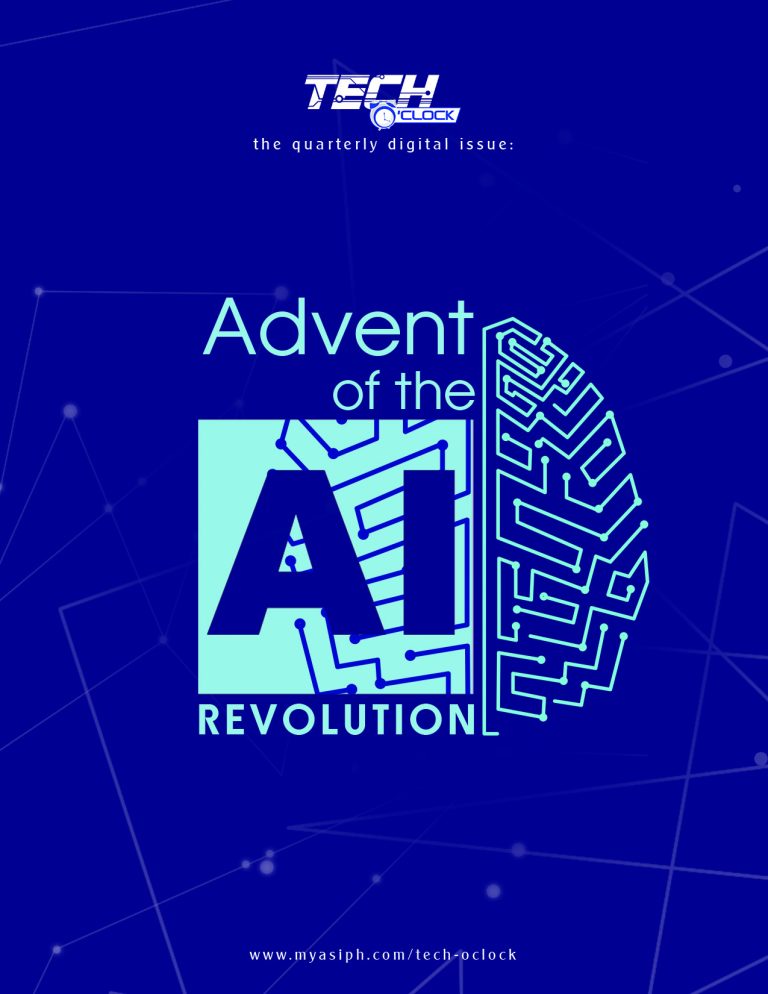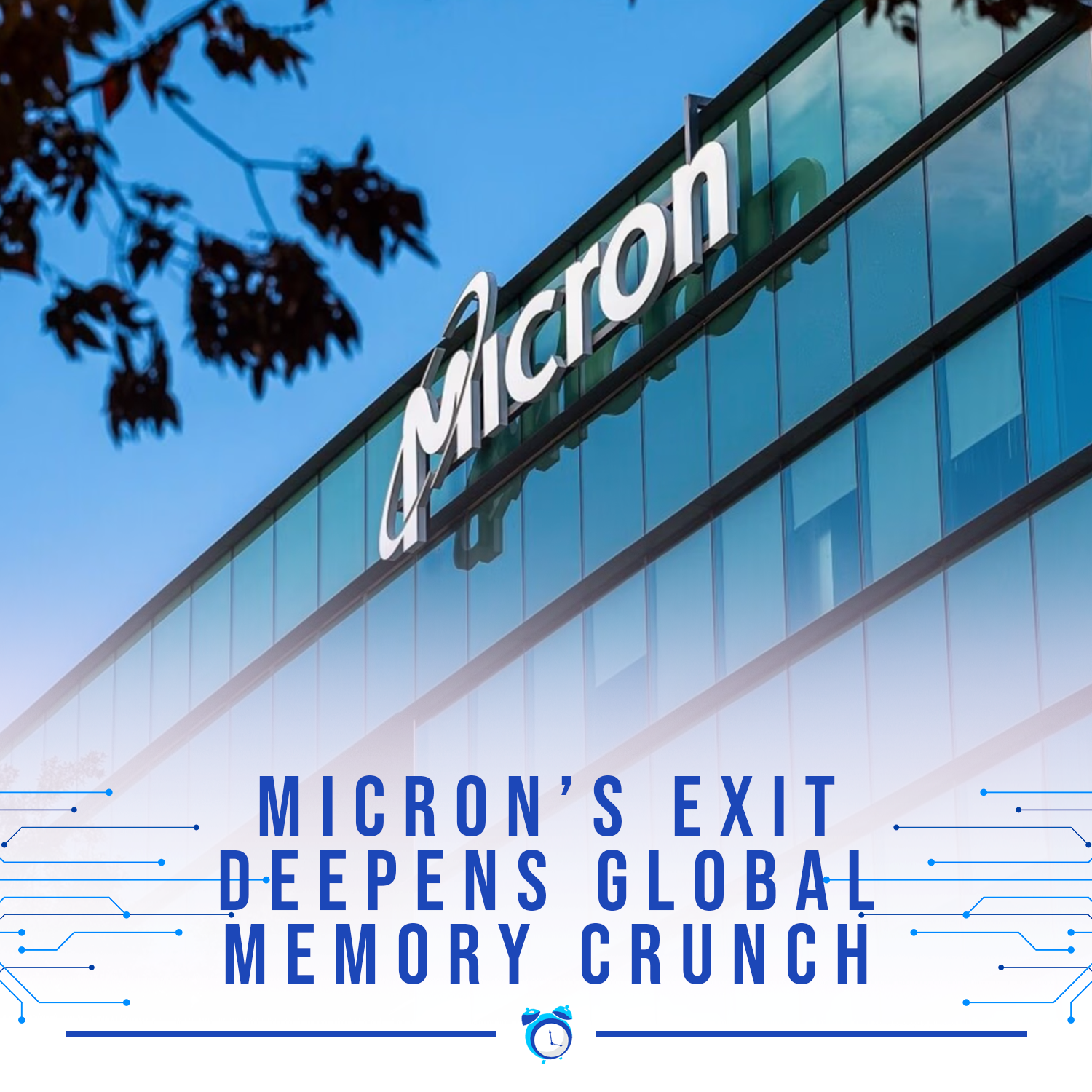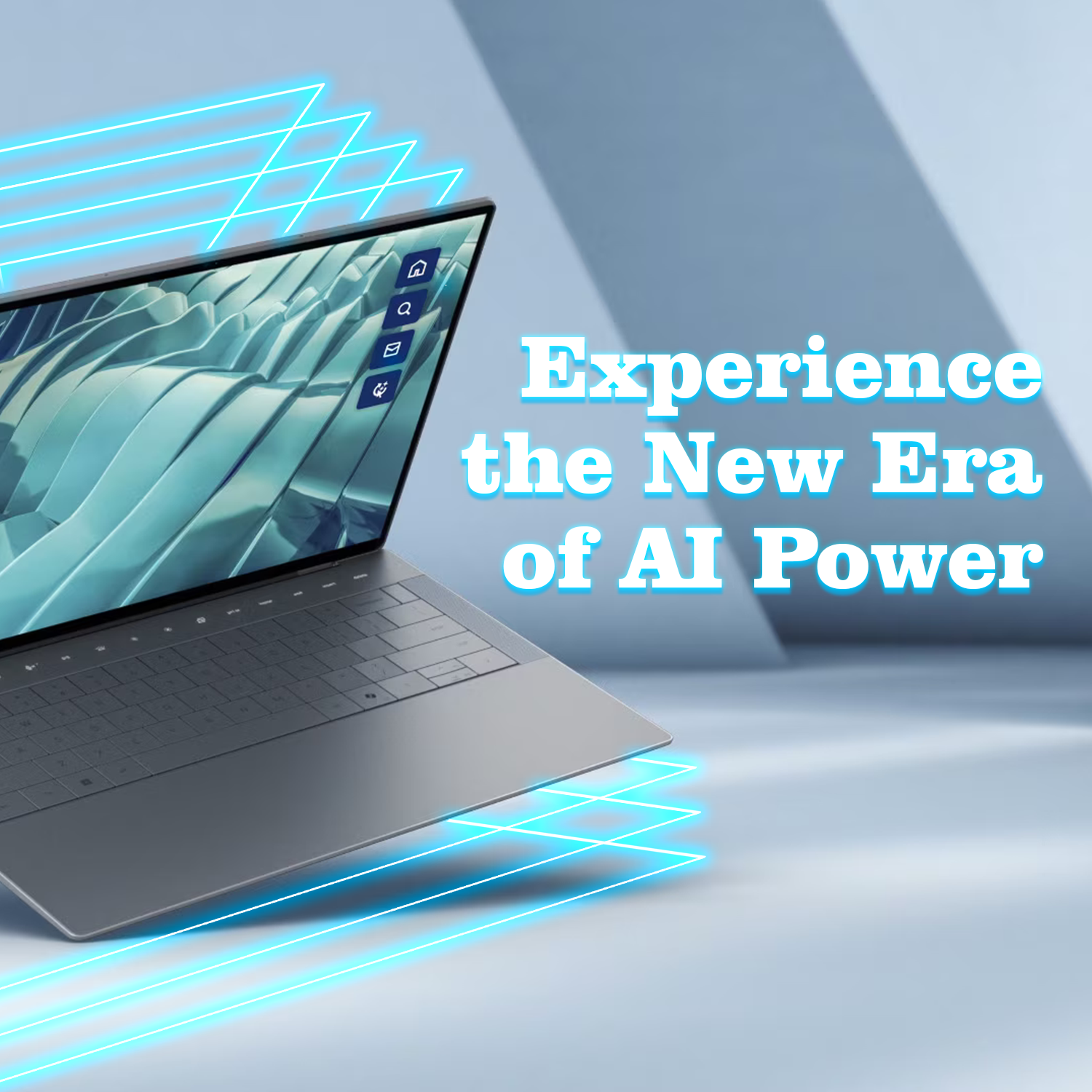
DOST aims to position PH as AI leader with National AI Strategy
The accelerating adoption of artificial intelligence (AI) is causing a transformational shift in every industry and consumer space, changing the way we work, learn, and share ideas. However, 76% of enterprises report that their data capabilities cannot keep up with their business demands. Since AI became all the buzz last year, the digital world has been beaming yet somewhat “agitated” with how this phenomenon in technology is revolutionizing the digital landscape.
Speaking at the 2025 National Innovation Day celebration on April 30, 2025, Department of Science and Technology (DOST) Secretary Renato Solidum Jr. emphasized the need for a unified approach to AI development that serves real societal needs. Hence, DOST is taking bold steps to position the Philippines as a leader in Artificial Intelligence (AI) through a newly proposed National AI Strategy (NAIS Ph), unveiled during the mentioned event.
Secretary Solidum Jr. said: “It is now time to take the next bold step. To ensure that our efforts are strategic, inclusive, and future-ready, we are proposing a National AI Strategy for the Philippines or NAIS Ph.” The strategy outlines a unified vision where AI will power inclusive innovation, strengthen governance, uplift communities, and drive globally competitive industries. Running from 2024 to 2028, the strategy focuses on five core strategies: infrastructure, workforce, innovation, ethics and policy, and deployment.
Key sectors expected to benefit include healthcare, agriculture, education, disaster response, creative industries, smart cities, and national security. Agencies like DICT, DepEd, CHED, TESDA, DTI, DOLE, and PSA are collaborating with the private sector to form a cohesive national AI ecosystem. DOST’s Collaborative AI Ecosystem is anchored on four pillars:

1. AI Factory – focusing on workers development, infrastructure, governance, policy, and ethics.
2. AI Refinery – connecting research hubs, industry, and academe to real-world innovations.
3. AI Hub (i-Hub) – linking regional industries to tailored AI solutions.
4. Upskilling Platforms – using tools like Coursera and SPARTA for fast-track AI learning.
Sec. Solidum also encouraged educational institutions to expand AI micro-credentials and continuing education. “To improve course completion rates, we will encourage trainees to have a clear AI deployment plan before enrollment and work closely with organizations to ensure that newly acquired skills are directly applied in the workplace,” he added.
To support AI-driven research, the Philippines plans a 26-fold increase in high-performance computing (HPC) capacity by 2028. A National HPC Center and new regional sites will enable researchers nationwide to access cutting-edge computing power.
Reference: DOST Unveils National AI Strategy to Empower Filipinos and Boost Innovation










